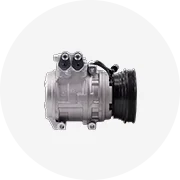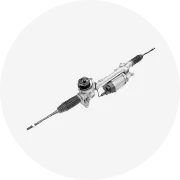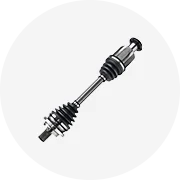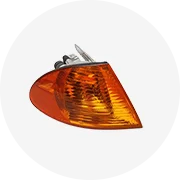

































































Gerelateerde zoekopdrachten:





















































































































































Topcategorieën
Over de batterij van het polymeer van het polymeer
Alibaba.com biedt u een uitgebreide lijn van hoge capaciteit, efficiënt en robuust. de batterij van het polymeer van het polymeer waarmee u de lucht in een kamer kunt zuiveren en koelen. Deze krachtige en productieve. de batterij van het polymeer van het polymeer koelt niet alleen de lucht in uw kamer, maar helpt ook bij het beheersen van de aanwezige luchtvochtigheid, zodat u binnen een comfortabele temperatuur krijgt. Deze uitstekende. de batterij van het polymeer van het polymeer zijn duurzaam genoeg om lang mee te gaan en staan erom bekend dat ze de koelfunctie consistent uitvoeren. Koop deze ongelooflijke producten bij toonaangevende groothandels en leveranciers op de site voor concurrerende prijzen en deals.
Deze slimme. de batterij van het polymeer van het polymeer zijn van stevige kwaliteit en zijn zeer duurzame producten die tijdens gebruik minimaal onderhoud vergen. Deze producten zijn milieuvriendelijk en geven tijdens het gebruik geen enkele giftige gassen af. Deze. de batterij van het polymeer van het polymeer zijn briljant uitgerust met de nieuwste functies en technologieën die slimme koeling kunnen bevorderen, de luchtkwaliteit in een kamer kunnen verbeteren en worden geleverd met verschillende spanningsvermogens zoals 380/400 VAC. Deze hoge nauwkeurigheid. de batterij van het polymeer van het polymeer zijn vloermachines en uitgerust met een gevarieerd koelvermogen.
Alibaba.com beschikt over deze eminente. de batterij van het polymeer van het polymeer in meerdere formaten, kleuren, vormen, functies en capaciteiten, zodat u het beste kunt kiezen op basis van uw vereisten. De. de batterij van het polymeer van het polymeer zijn in staat de temperatuur van een grote kamer te zuiveren en te koelen en zijn ook ideaal voor auto's. Deze. de batterij van het polymeer van het polymeer bieden perfecte HVAC-oplossingen aan mensen die ze gebruiken in commerciële plaatsen zoals kantoren, laboratoria, testlaboratoria, kledingwinkels, enz.
Deze bekwame machines zijn ook verkrijgbaar in verschillende typen zoals luchtbehandelingsunits, DC-inverterkast-airconditioner, centrale conditioneringsunits, zonne-energie-units en nog veel meer. Bespaar geld door de verschillende te verkennen. de batterij van het polymeer van het polymeer reeksen op Alibaba.com en koop producten van topkwaliteit. Deze producten zijn ISO-, CE-, ROHS-gecertificeerd en verkrijgbaar als OEM-producten.

















